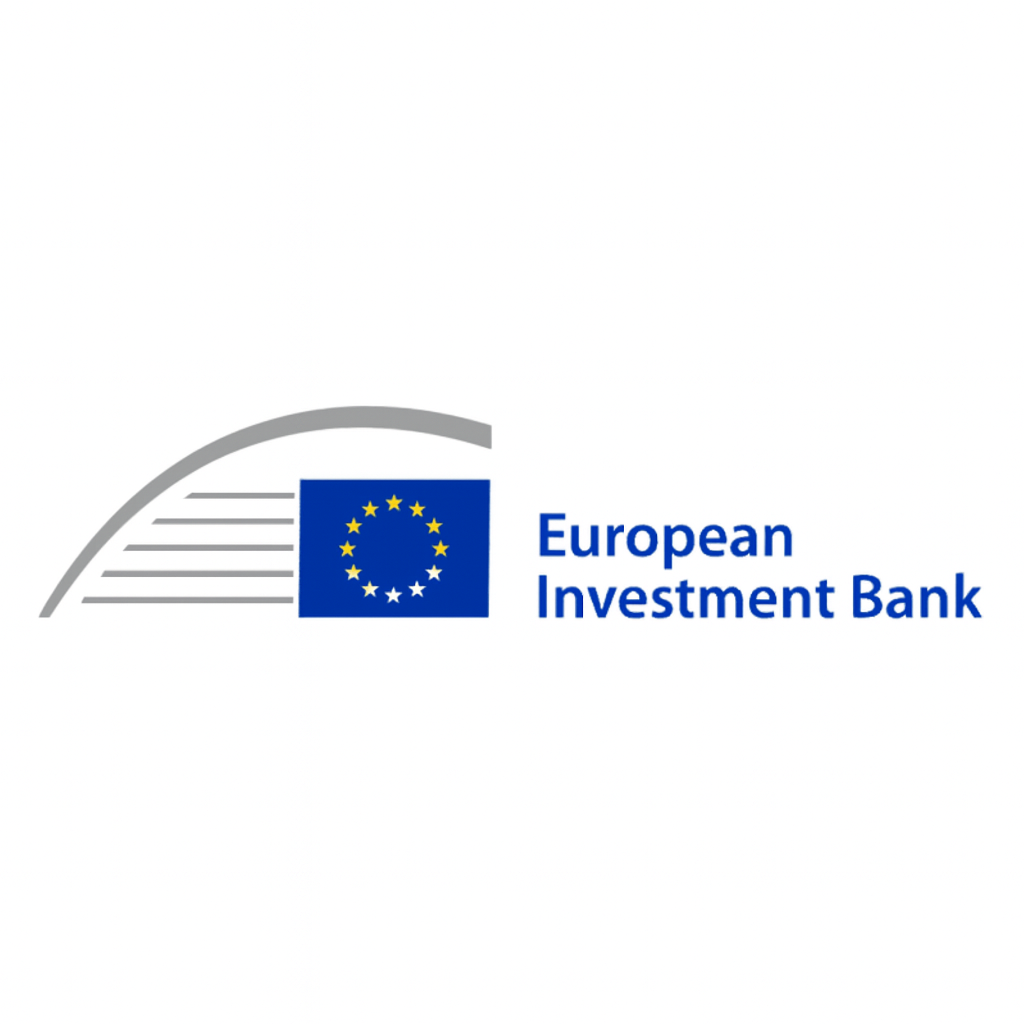The EIB Group stands as the long-term lending arm of the European Union, mandated to support projects that advance EU policy objectives such as regional cohesion, innovation, infrastructure development, and the transition to a low-carbon economy. Founded in 1958, it is majority-owned by the member states of the EU and borrows on capital markets to finance operations. The Group’s operations focus on promoting balanced growth across Europe and beyond—even though a large portion of the financing is within the EU, the Bank also supports projects in neighbouring and partner countries, thereby extending its impact beyond Europe’s borders.
Structured to deliver both financing and advisory services, the EIB Group operates through its main entity, the European Investment Bank (EIB), and its subsidiary the European Investment Fund (EIF). The EIB provides loans above a certain threshold directly to public and private sector promoters; the EIF, on the other hand, specialises in risk-financing instruments for small and medium-sized enterprises (SMEs), including venture capital, guarantees and other targeted support for innovation and entrepreneurship. Through this twin approach, the Group is able to support major infrastructure and public projects while also nurturing smaller-scale, high-growth ventures that are essential for economic dynamism.
In recent years, the EIB Group has placed increasing emphasis on climate action, sustainability and social inclusion. It has committed to aligning all its financing with the goals of the Paris Agreement and on stepping up its support for projects that deliver measurable climate and environmental outcomes. At the same time, it remains committed to supporting the EU’s wider policy priorities—such as digital transformation, health infrastructure, strategic autonomy, and regional convergence—so that investment leads to broader economic and social benefits. This shift reflects both evolving global challenges and the recognition that investment decisions must be sustainable to be effective over the long term.
Governance and operational transparency are important features of the Group’s model. As an institution owned by the EU member states, its decision-making bodies involve representatives of those countries and the European Commission, ensuring that major financing directions remain aligned with collective policy goals. The Group also publishes information on its project portfolios, transparency policy and complaints mechanisms, reinforcing accountability to stakeholders and the public. Its creditworthiness remains strong, enabling it to attract funding on favourable terms and thereby pass on benefits to its clients and project promoters.


